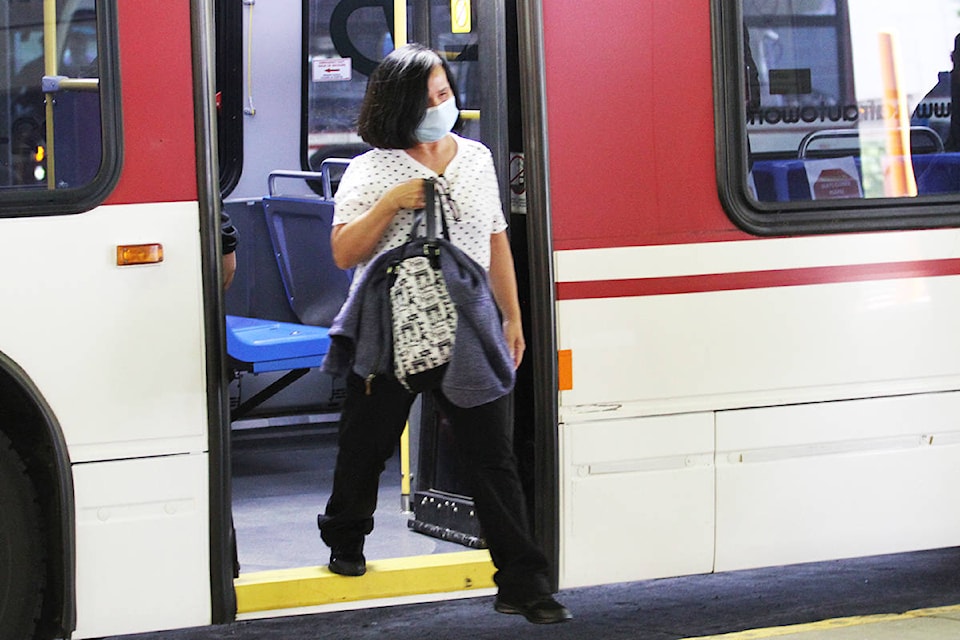An Innisfail-to-Red Deer regional transit pilot project has reached the end of the line because of low ridership.
Red Deer County council voted unanimously on Tuesday to stop the service at the end of the month that had connected Innisfail, Penhold, and Springbrook to the Red Deer transit system at Bower Mall.
The 2A South Regional Transit Route was originally proposed as a one-year pilot project and was backed with $350,000 in provincial money. But with the pandemic skewing ridership numbers, a one-year extension with another $350,000 in funding was approved. No further provincial funding was promised.
When first rolled out in 2019, ridership numbers increased each quarter. However, when the pandemic hit and businesses were ordered closed beginning in March, ridership plummeted 50 per cent.
RELATED:
Red Deer County gets money for bus service
Route changes coming with new transit project
Even when many restrictions were lifted and businesses could once again open their doors in May, ridership remained relatively low, says a report to council.
In 2019, there were 4,875 passenger rides, but only 3,774 in 2020.
Only three riders a day were hopping on a bus in Springbrook and one to three riders in Innisfail. Even fewer Penhold residents used the bus, which had no pick-ups in the town on some days.
For regular routes, about 15 riders boarding per hour — which would represent 35 per cent fare recovery — is the minimum standard typically for transit systems.
A survey of riders found most took the bus one to three times a month. Seniors and people getting to Red Deer for medical appointments represented most users. Very few used the service to commute to work regularly.
To keep the system running, the municipalities would have to share the $500,000 annual operating cost, as well as $250,000 in up-front costs to buy two small buses and set up permanent bus stops and shelters.
“It’s sad, but we have to make these decisions,” said Coun. Christine Moore. “When I look at the graphs and the data it’s more than the pandemic that affected the ridership.”
Moore said she hoped that communities would come up with some other way to provide regional transit service which remains a need in many communities.
Coun. Dana Depalme also believes there is room for communities to get together on other transit options.
“That’s why we did a pilot project, to see how it would work and the cost of it.”
Mayor Jim Wood said transit systems rarely cover their costs and are supported in many communities for their economic development potential.
He would be willing to look at other ideas, but the county must be careful about the cost, he said.
“I’m willing to look at proposals that come forward, but they have to make sense.”
